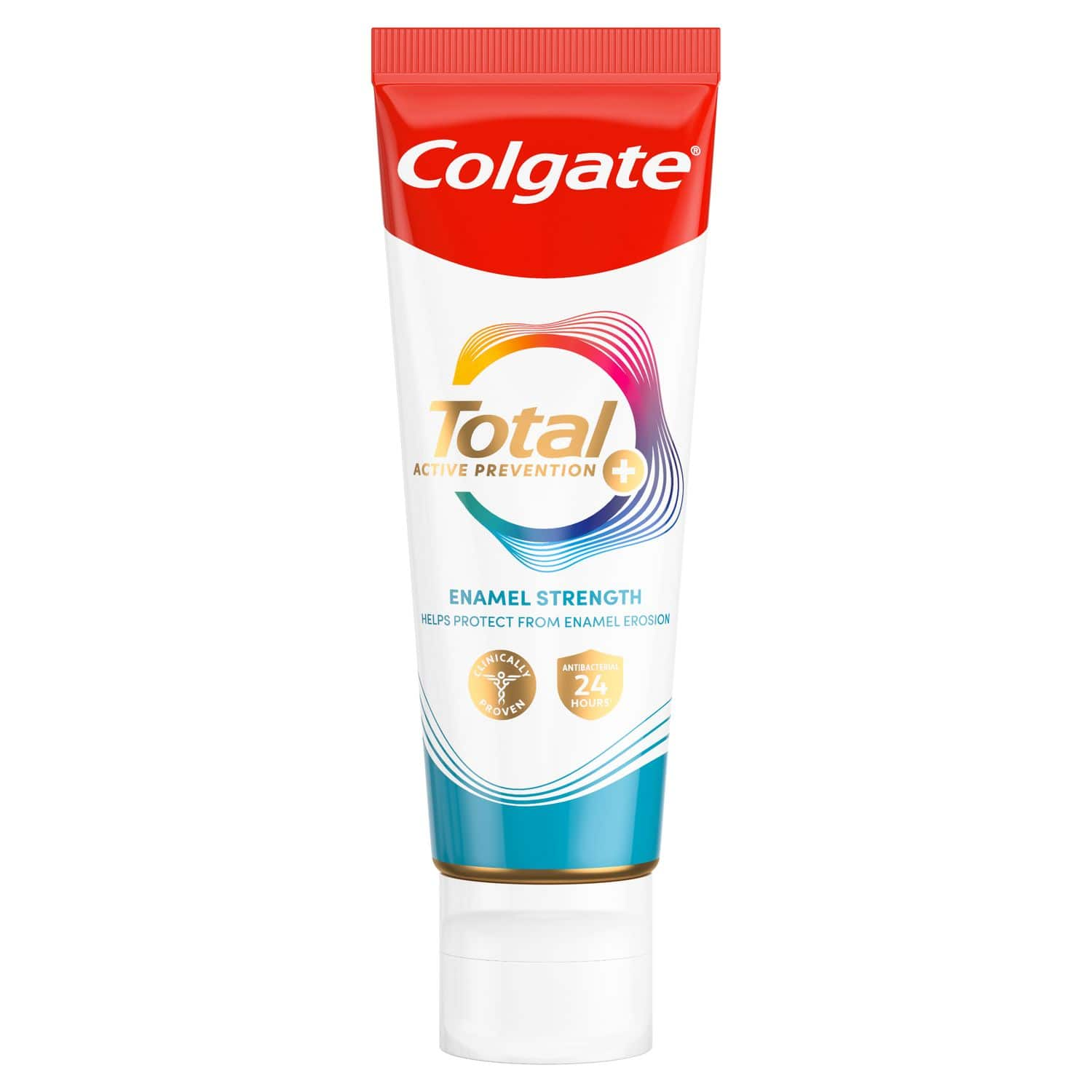What are the Symptoms of Tooth Decay in Children?
It’s important to keep an eye on your kids’ teeth; tooth decay in children will often be visible but sometimes won’t have any noticeable signs. If your child says they have a sore tooth or are experiencing pain when eating hot, cold or sweet things, they may have the invisible symptoms of a tooth cavity and should be checked by a dentist. Some of the visible symptoms of tooth decay that you can look out for include:
- White spots on their teeth – this is a sign that the tooth enamel is breaking down and can be an area of sensitivity.
- Any brown or black areas on their teeth – this is usually a sign that any dental caries have progressed further into tooth decay. [kw1]
If you notice any of these signs, make an appointment for your child to see the dentist as soon as possible – oral problems like these are always easier to fix the quicker they’re found!
What Happens if a Child Has Tooth Decay?
If the child’s dentist examines their teeth and confirms that they’re showing the symptoms of tooth decay, try not to worry as they’re well equipped to fix the problem! Firstly, they’ll decide on a treatment to suit their symptoms and age – they might also get an x-ray to give the dentist a clearer picture of how bad the tooth decay is. They’ll most likely need to get a filling, which can be done in one visit. The dentist will clean out the decayed part of the tooth to create a clean hole. Then, they’ll insert a filling made from silver, acrylic acids or resin. For kids, fillings are often tooth-coloured so they’re less noticeable in their mouth [kw2]. This treatment may be a little uncomfortable for your child at the time, but it will benefit them a lot in the long-term and give them back their healthy smile! Once the tooth cavity has been fixed, make sure your child is following a good oral hygiene routine to prevent tooth decay in the future. Read on for more info on kids’ toothpaste and hygiene tips.
What is Toothpaste, and What Does it Do?
It may sound like a silly question since we use it every day, but we think it's a valid thing to consider! Toothpaste comes as a gel, paste, or powder. It's used along with a toothbrush to help remove food debris and plaque from your teeth and gums. Since the inception of toothpaste several thousands of years ago, it has evolved considerably - from crushed eggshells to complex formulas with more than 20 ingredients. Different varieties can combat dental caries, gum disease, erosion, tooth sensitivity, and more.
What to Look for in Toothpaste for Kids?
When it comes to tooth decay, brushing with fluoride toothpaste is the way to go. Fluoride is a natural mineral that fortifies the hard outer layer of our teeth (known as the enamel), protecting our teeth from decay. Heads up: children under the age of 3 should only use a smear of fluoride toothpaste. Excessive ingestion of fluoride during tooth development can discolour and pit children's teeth.
To help make things better for your kids, look for kid-friendly flavours. Mild-flavoured toothpastes can help your child enjoy the experience of brushing their teeth. Also, note that only a small amount of toothpaste is needed. The NHS recommends that children from 0-3 use a smear of toothpaste and that children 3+ use a pea-sized amount.
Toothpaste as a Weapon Against Cavities
Brushing twice a day with a fluoride toothpaste is a proven way to protect and strengthen developing teeth. Teeth naturally go through a demineralisation and remineralisation process. On the one hand, bacteria in the mouth produce acids that dissolve our tooth enamel (aka demineralisation). On the other hand, fluoride and other minerals in the saliva, like calcium and phosphate, repair the teeth (aka remineralise them). By getting rid of plaque and using a kids' toothpaste with fluoride, you can target the culprits of tooth decay (bacteria) while strengthening your child's teeth. To ensure your child is getting the most out of their toothpaste, make sure they brush for a full two minutes. A timer might help make this practice easier.
Other Elements for Better Oral Health
Beyond brushing with the best toothpaste for kids, there's plenty more you can do to help fight childhood cavities. Flossing, sometimes referred to as interdental cleaning, is also essential for cavity protection. Until your child is old enough, usually around the age of 8, floss for them. This will help remove plaque from around the gumline and between their teeth, where it is hard for a toothbrush to reach. It's also important to supervise their brushing.
Schedule appointments with a paediatric dentist every six months starting at one year of age. Not only can your dentist give your child a professional cleaning and check for signs of tooth decay, they can also give them a fluoride treatment for extra cavity protection.
Now you know what to look for in toothpaste if your children have cavities. The key is fluoride! To help make oral care more enjoyable for your kids, remember that there are many fun flavour options out there. Always support and supervise your kids with their oral care and make sure they see their dentist regularly. If you do that, they'll be set for having healthy and happy teeth.
This article is intended to promote understanding of and knowledge about general oral health topics. It is not intended to be a substitute for professional advice, diagnosis or treatment. Always seek the advice of your dentist or other qualified healthcare provider with any questions you may have regarding a medical condition or treatment.
ORAL HEALTH QUIZ
What's behind your smile?
Take our Oral Health assessment to get the most from your oral care routine
ORAL HEALTH QUIZ
What's behind your smile?
Take our Oral Health assessment to get the most from your oral care routine













